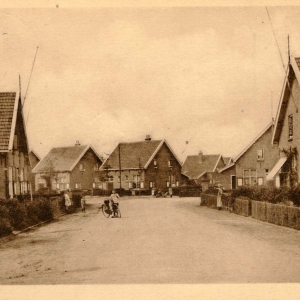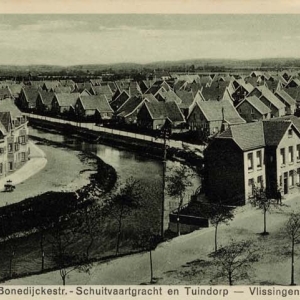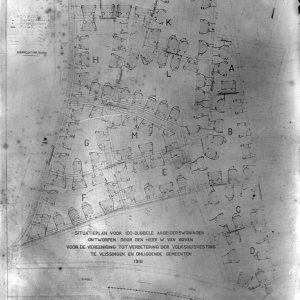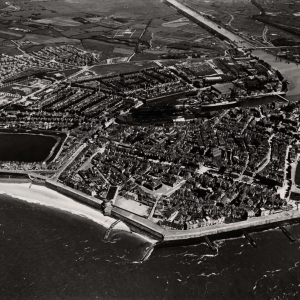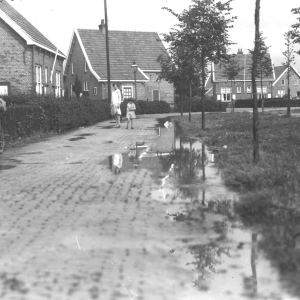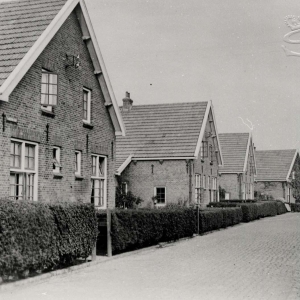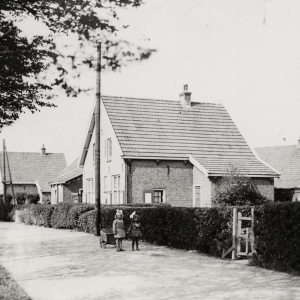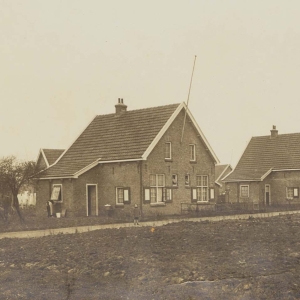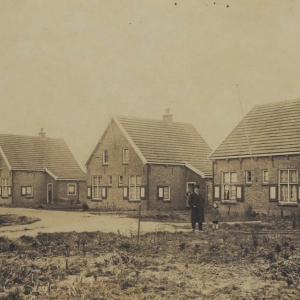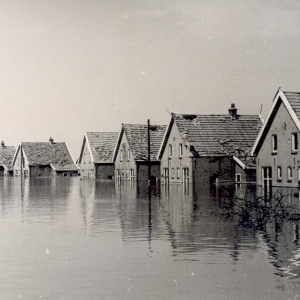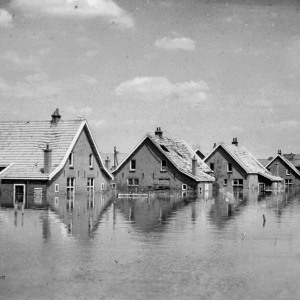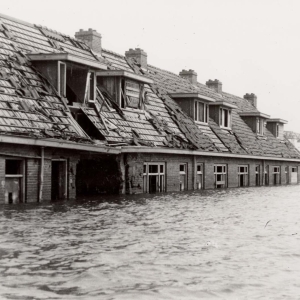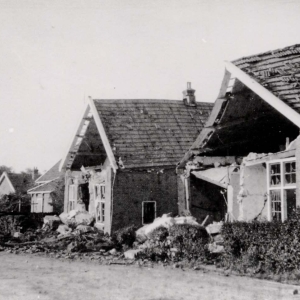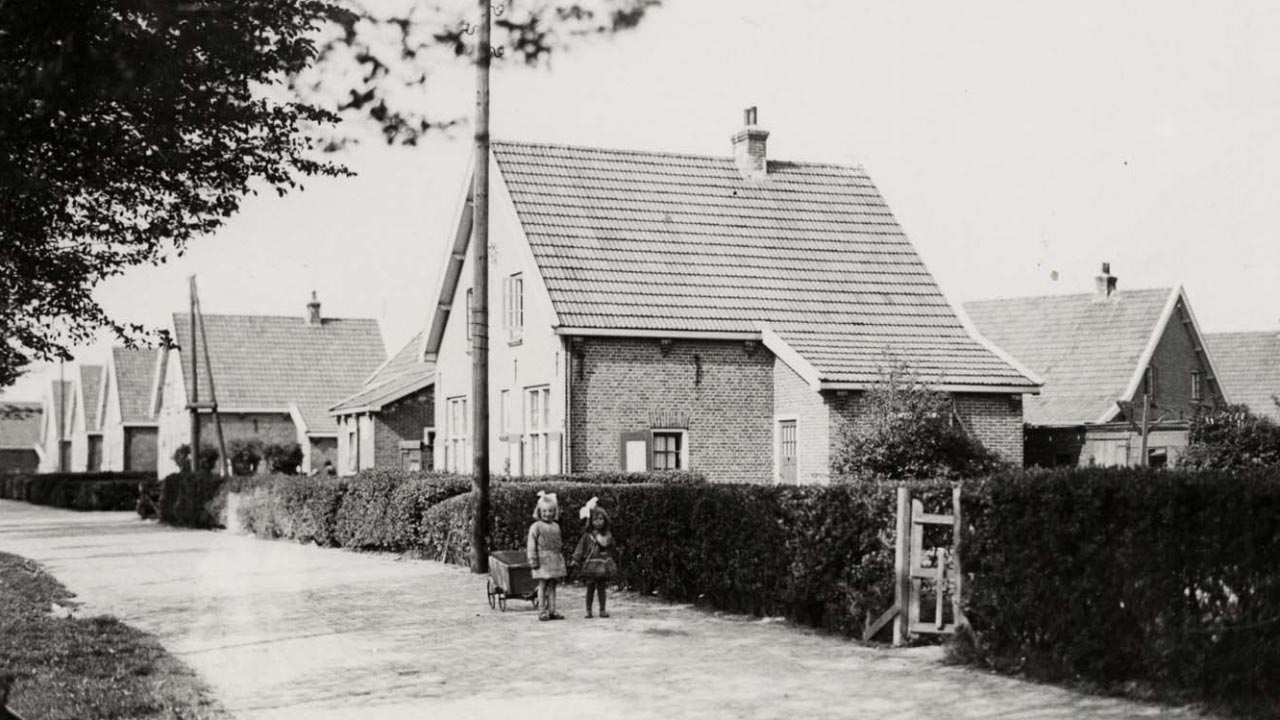
Tuindorp, Vlissingen
Vlissingen, Netherlands
This garden village was heavily damaged during World War II and destroyed after the war.
| Garden City Type: | Mixed (housing association / municipality / other) |
| Country: | Netherlands |
| City: | Vlissingen |
| Years of construction: |
1916 Start construction 1917 Completion
|
| Initiator/client: | Vereniging tot Verbetering der Volkshuisvesting Vlissingen |
| Architect or related: |
Willem van Boven Willem van Boven (Heinkenszand, 17 maart 1869 - Loosduinen, 7 september 1940) was a Dutch architect. |
| Heritage status: | No |
| General condition of Garden City: | Demolished |
General description
Just as in many other cities, the town of Vlissingen in Zeeland, The Netherlands, was confronted with housing shortages in the early 20th century. Out of fear a shortage of workmen might be detrimental for business, a number of company managements – chief amongst them the shipyard Koninklijke Maatschappij De Schelde – decided to set up a housing association. Founded in 1909, the Vereniging tot Verbetering der Volkshuisvesting Vlissingen (Association for the Improvement of Public Housing) – in short VVV – set out to built good and affordable housing.
In 1911 another, Protestant Christian, housing association was founded: Gemeenschappelijk Belang (Common Interest). Both associations made plans to built houses based of Ebenezer Howard’s garden city concept. Ca. 1917 the first neighbourhood with 100 double houses was built by Volkshuisvesting Vlissingen between Schuitvaartgracht and Bloemenlaan: Tuindorp (Garden Village). Later on, both associations would built Tuinstad (Garden Town) east of Bloemenlaan.
Today, unfortunately, there is not much left of Tuindorp. It suffered badly during World War II. As a result of Allied bombing and German inundation, a large part - 96 houses - was destroyed. Although the remaining 104 houses were repaired in 1951, they were subsequently demolished in 1956.
Architecture / Urban planning
A hundred double houses were built in a playful street pattern, equipped with gas and water pipes. Because a 200 m2 garden was laid out next to each house, a strong rural character was created. The houses were quickly rented out, also because the rent (€1.59 per week) was low.
Sources
- Website URL
Sociale woningbouw Vlissingen (1900). Robuuste woningbouwverenigingen [in Dutch]
- Website URL
Het Zeeuws Archief: Tuindorp in Vlissingen [in Dutch]
- Website URL
B.l. Sens, Monumenten inventarisatie project Zeeland. Gemeentebeschrijving Vlissingen (1994). [In Dutch]

